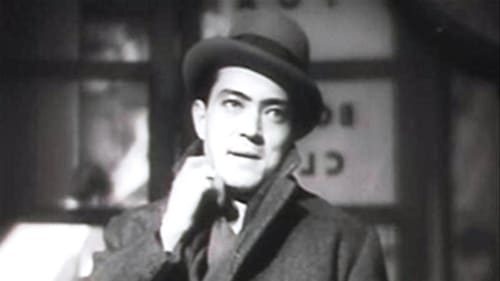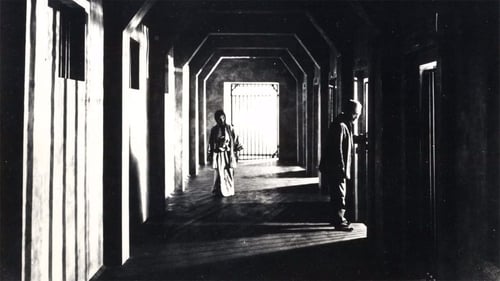
Famed swordsman Araki Mataemon must face his best friend as they are forced to take opposite sides in a vendetta caused by the murder of a family member.

1942 adaptation of Izumi Kyoka's novel.

Shingo Ooto
Prewar jidaigeki starring Denjiro Okochi

Head of the boys
Early Japanese sound film, a remake of Josef von Sternberg’s DOCKS OF NEW YORK set in Yokohama.

Сhikara Ôishi
This 1932 adaptation is the earliest sound version of the ever-popular and much-filmed Chushingura story of the loyal 47 retainers who avenged their feudal lord after he was obliged to commit hara-kiri due to the machinations of a villainous courtier. As the first sound version of the classic narrative, the film was something of an event, and employed a stellar cast, who give a roster of memorable performances. Director Teinosuke Kinugasa was primarily a specialist in jidai-geki (period films), such as the internationally celebrated Gate of Hell (Jigokumon, 1953), and although he is now most famous as the maker of the avant-garde silent films A Page of Madness (Kurutta ichipeji, 1926) and Crossroads (Jujiro, 1928), Chushingura is in fact more typical of his output than those experimental works. The film ranked third in that year’s Kinema Junpo critics’ poll, and Joseph Anderson and Donald Richie noted that 'not only the sound but the quick cutting was admired by many critics.

Shiro Mizuno
Toshie, a young, conservative secretary-typist has fallen in love with Shozo Narita, a young man she has met through her work.

Solo se conserva un fragmento 20 minutos de esta película de Shimizu.

Boy
Un marinero se emplea como ordenanza en un manicomio para liberar a su esposa, que se encuentra recluida luego de que intentara suicidarse y matar a su bebé. Esta es una restauración de la copia hecha por el mismo Kinugasa en la década del 70. Kinugasa redescubrió su copia personal, supuestamente en un cobertizo de su jardín y escondida en una maceta. Para prepararla para un nuevo lanzamiento, quitó algunas de las escenas más convencionales, así como eliminó todos los intertítulos, sin duda para hacer la película aún más "avant-garde" de lo que había sido. No hay constancia de que exista una versión original.




